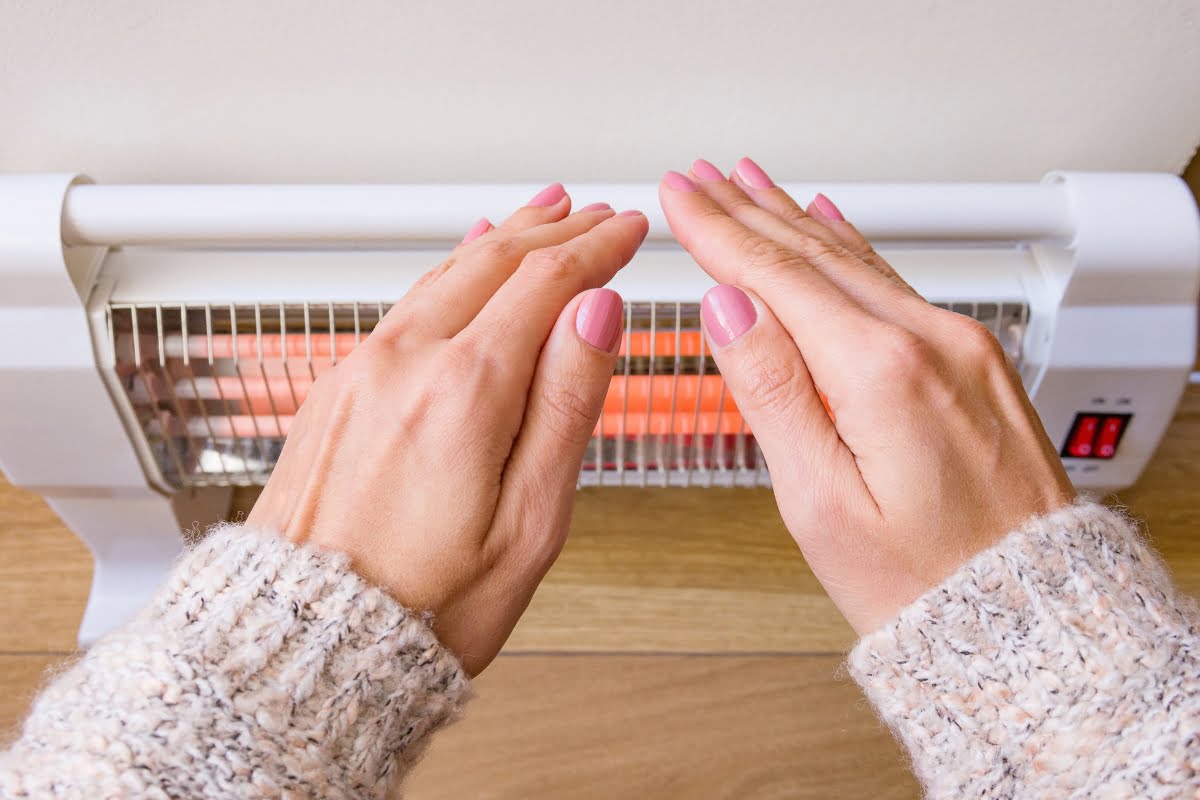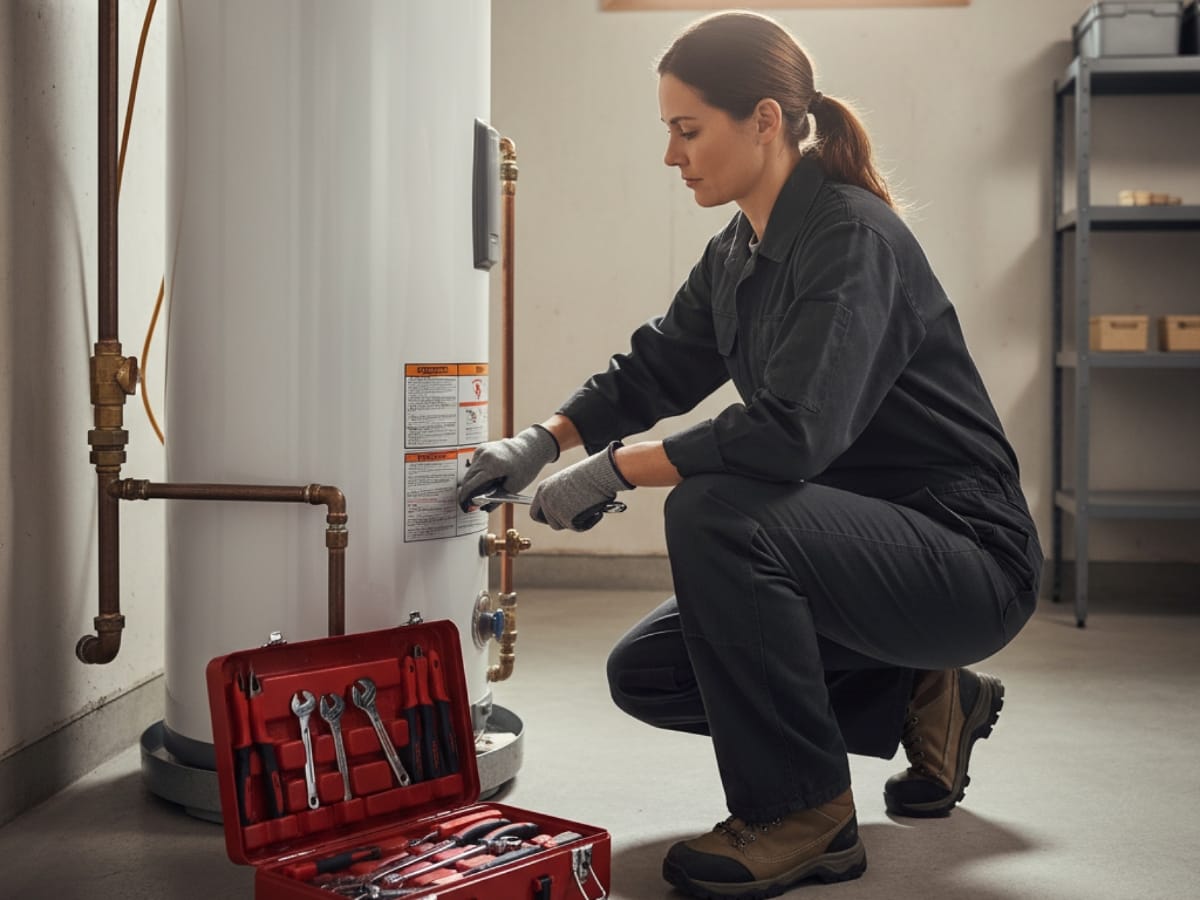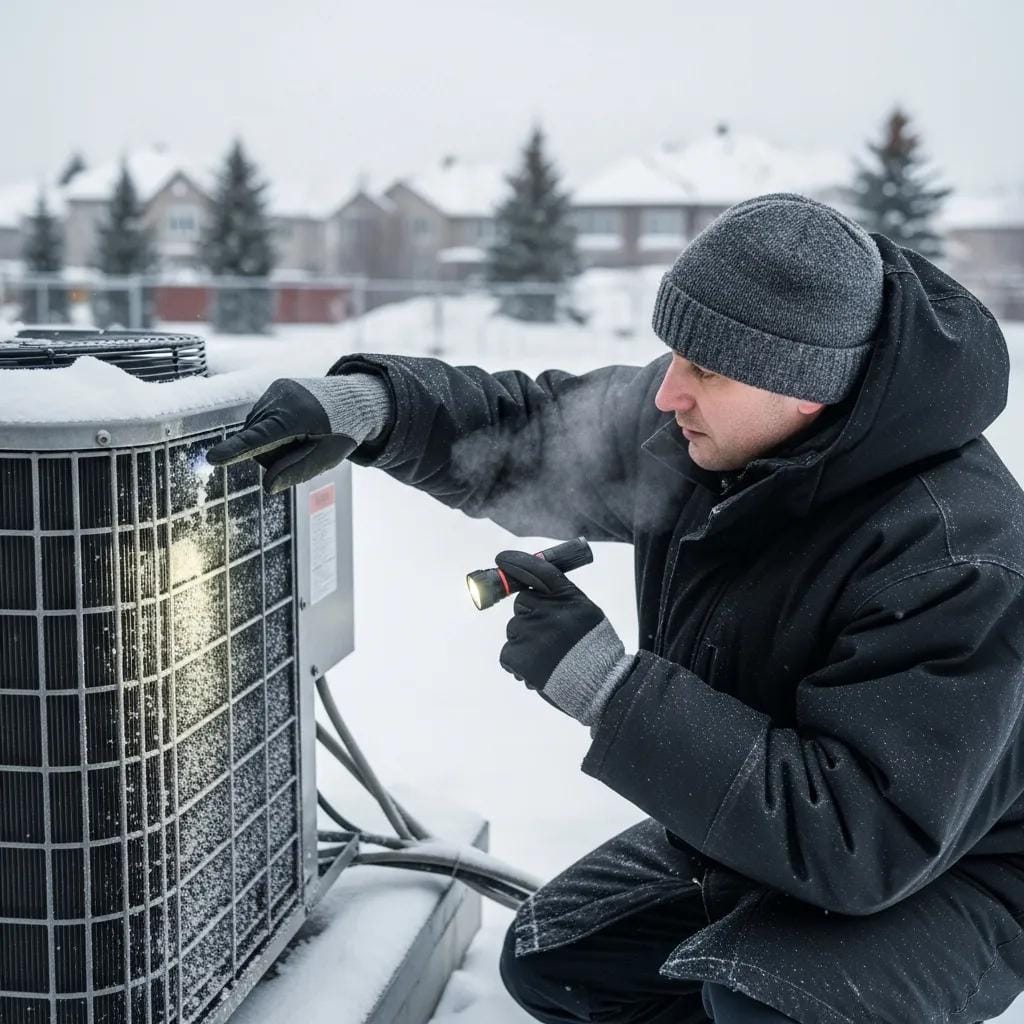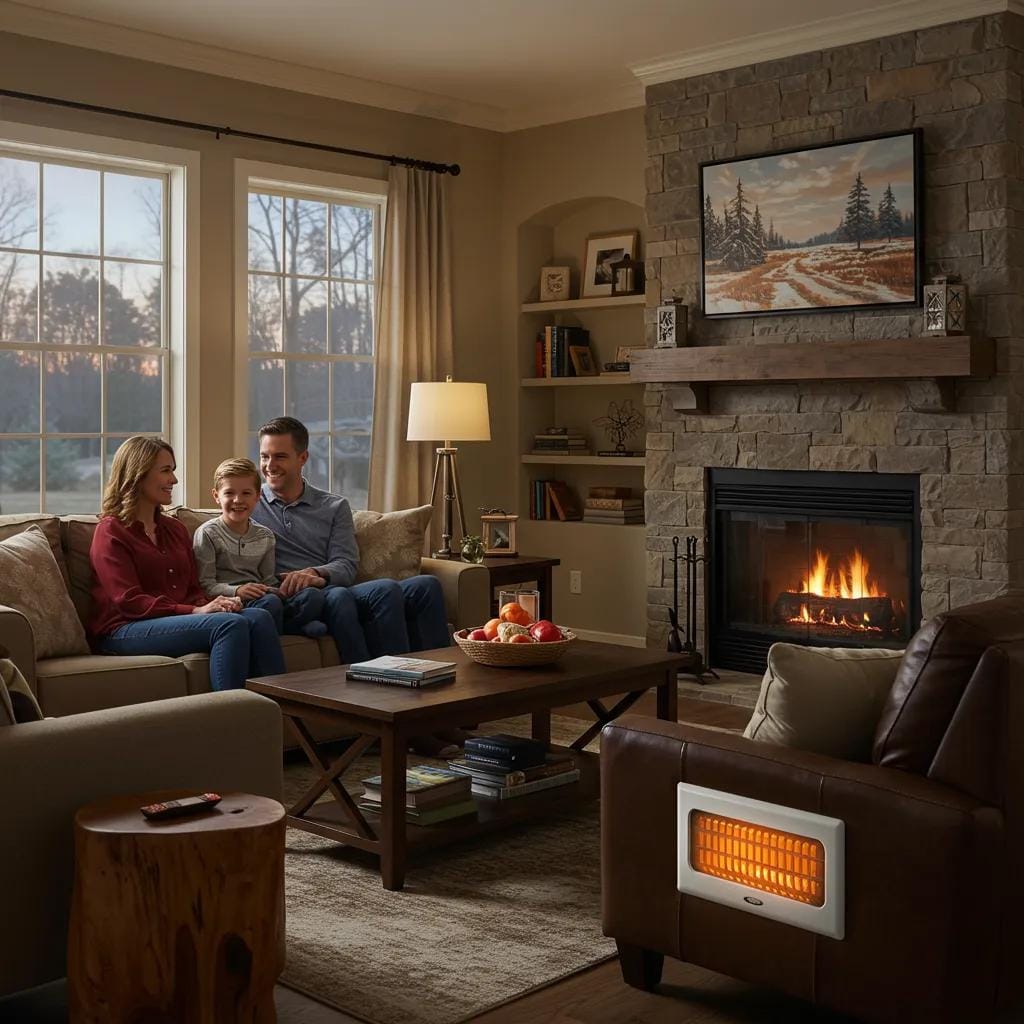As winter approaches, the excitement of cozy nights by the fire and hot chocolate in hand fills the air. But what happens when the unthinkable occurs and you suddenly find yourself without heat?
The bitter cold seeps through your walls, leaving you shivering and desperate for a solution. Fear not, because in this blog post, we will delve into the various strategies and tips on surviving the chill and what to do if you lose heat in winter.
From simple hacks to innovative ideas, we are here to equip you with the knowledge and tools necessary to stay warm and comfortable when disaster strikes. So, without further ado, let’s dive into the ultimate survival guide for those unfortunate moments when the heat escapes us.
What to Do if You Lose Heat in Winter: Stay Warm with These Pro Tips!
Check for Common Issues with Your Heating System

When the temperature drops during winter, the last thing you want is for your heating system to fail. It can be a major inconvenience and discomfort, especially if you’re not prepared. To ensure you stay warm and cozy throughout the season, it’s important to be aware of common issues that can occur with your heating system. By identifying these issues early on, you can take the necessary steps to fix them before they become more serious problems.
One common issue that homeowners face during winter is a loss of heat. Imagine waking up on a freezing morning only to find that your house is as cold as the outdoors. It’s a situation nobody wants to be in, but it’s not uncommon. So, what should you do if you lose heat in winter?
The first thing to check is your thermostat. Make sure it’s set to the desired temperature and switched on. Sometimes, the thermostat may be the culprit behind a loss of heat. If the thermostat is working fine, move on to the next step.
Check your circuit breaker or fuse box. A tripped circuit or blown fuse can cause your heating system to stop working. If you find that a circuit has tripped or a fuse has blown, simply reset the circuit or replace the fuse. This might solve the problem and restore heat to your home.
If the thermostat and circuit breaker are not the issue, it’s time to inspect your heating system itself. Start by checking the air filter. A clogged or dirty air filter can restrict airflow and cause your system to malfunction. Replace the filter if it’s dirty and see if that solves the problem. If not, it’s time to call in a professional.
Another common issue that can lead to a loss of heat is a malfunctioning pilot light or ignition system. If you have a gas-powered heating system, check to see if the pilot light is lit. If it’s not, follow the manufacturer’s instructions to relight it. If you’re unsure how to do this, it’s best to call a professional technician to handle it for you.
In some cases, a loss of heat may be due to a more serious problem with your heating system, such as a faulty thermostat or a malfunctioning blower motor. These issues typically require the expertise of a professional HVAC technician to diagnose and repair.
To prevent future issues with your heating system, it’s important to schedule regular maintenance. A professional technician can inspect and clean your system, ensuring that it operates efficiently and effectively throughout the winter season.
Try Basic Troubleshooting Steps
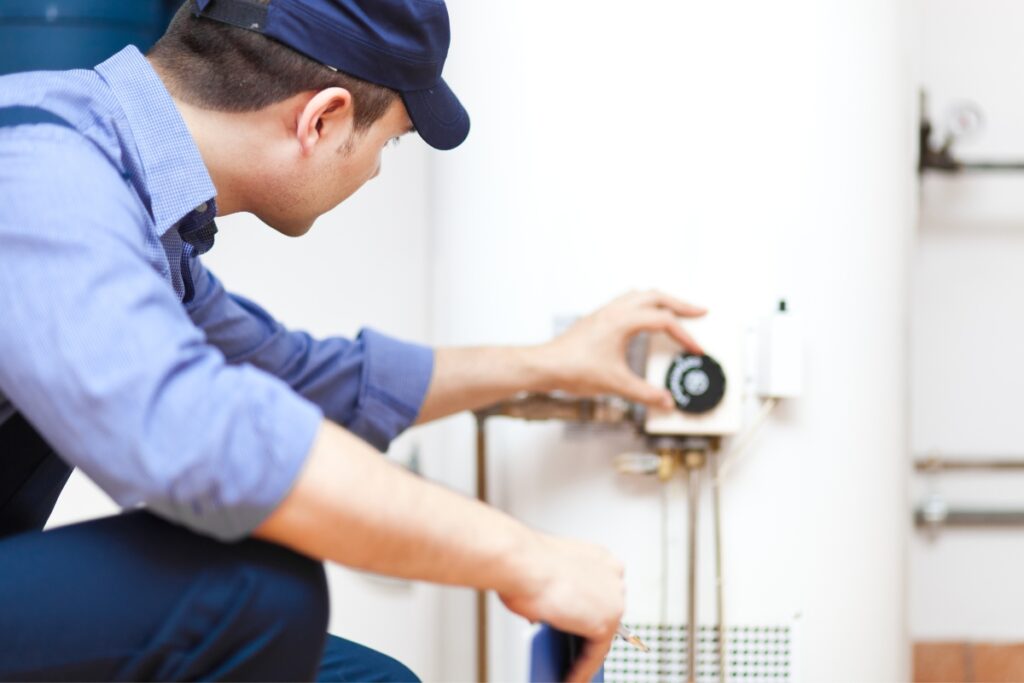
If you find yourself without heat during the winter, there are some basic troubleshooting steps you can try before calling a professional. These steps can help you determine the cause of the issue and potentially resolve it on your own. Here are some things you can do if you lose heat in winter:
- Check the thermostat: Start by checking the thermostat to ensure it is set to the desired temperature and in the heating mode. Sometimes, the thermostat may be accidentally set to a lower temperature or switched to cooling mode, causing the lack of heat. Adjusting the settings correctly can help restore the heat.
- Inspect the circuit breaker: A tripped circuit breaker can disrupt the power supply to your heating system. Check the circuit breaker panel and look for any breakers that have tripped. If you find one, reset it by switching it off and then on again. This simple step can restore power to your heating system.
- Replace the air filter: A dirty or clogged air filter can obstruct airflow and reduce the efficiency of your heating system. Check the air filter and replace it if it appears dirty or hasn’t been changed in a while. Clean filters allow for proper air circulation, which is essential for effective heating.
- Inspect the pilot light: If you have a gas furnace, check the pilot light. If it is out, relight it according to the manufacturer’s instructions. A pilot light that won’t stay lit may indicate a more serious issue, and it is advisable to contact a professional for assistance.
- Ensure adequate fuel supply: If you use oil or propane for heating, ensure that you have an adequate supply. Check the fuel tank gauge to make sure it is not empty. If necessary, arrange for a fuel delivery to restore heat to your home.
- Check for blocked vents: Blocked or closed vents can restrict airflow and prevent heat from reaching certain areas of your home. Ensure that all vents are open and unobstructed. Move any furniture or objects that may be blocking the vents to allow for proper heat distribution.
- Reset the system: Some heating systems have a reset button that you can press to restart the system. Locate the reset button, typically found on the furnace or boiler, and press it. This action may resolve any minor issues that were causing the loss of heat.
- Contact a professional: If you have tried these basic troubleshooting steps and still have no heat, it is recommended to contact a professional HVAC technician. They have the expertise to diagnose and fix more complex heating system issues. Remember to prioritize your safety when dealing with heating systems. If you are unsure or uncomfortable performing any of these troubleshooting steps, it is best to seek professional help to avoid any accidents or further damage to your heating system.
Utilize Alternative Heat Sources: Heating Methods to Consider

When the cold winter months arrive, losing heat in your home can be a major concern. It can leave you feeling uncomfortable and vulnerable to the harsh temperatures outside. However, there are alternative heat sources and heating methods that you can utilize to keep warm and cozy.
One option to consider is using portable space heaters. These compact devices can quickly and efficiently heat up small areas, such as a bedroom or living room. They are easy to move around and can provide instant warmth when you need it most. Just be sure to follow safety precautions and keep them away from flammable materials.
Another alternative heat source is a wood-burning stove or fireplace. These traditional heating methods not only provide warmth but also add a cozy ambiance to your home. However, they require a steady supply of firewood and regular maintenance to ensure their safety and efficiency.
If you have access to natural gas, a gas fireplace or gas-powered heater can be a convenient and reliable heat source. They offer consistent heat and are relatively low maintenance compared to wood-burning options. However, make sure to have a professional install and regularly inspect your gas appliances to prevent any potential gas leaks.
For those who are environmentally conscious, renewable energy sources like solar panels or geothermal heat pumps can be an excellent long-term investment. Solar panels harness the power of the sun to generate electricity, which can be used for heating purposes. Geothermal heat pumps utilize the constant temperature of the earth to warm up your home. While both options require an upfront investment, they can significantly reduce your reliance on traditional heating methods.
In addition to alternative heat sources, there are several heating methods you can consider to maximize your home’s warmth. Proper insulation is crucial in preventing heat loss and keeping your home energy-efficient. Adding insulation to your walls, attic, and floors can make a significant difference in maintaining a comfortable indoor temperature.
Sealing any drafts or air leaks around windows, doors, and vents is another effective way to prevent heat loss. Weatherstripping and caulking can help seal these gaps and ensure that warm air stays inside your home.
Finally, layering up with warm clothing, using blankets and throws, and closing off unused rooms can also help conserve heat and make your living spaces more comfortable.
Emergency Heating: What to Do When All Else Fails
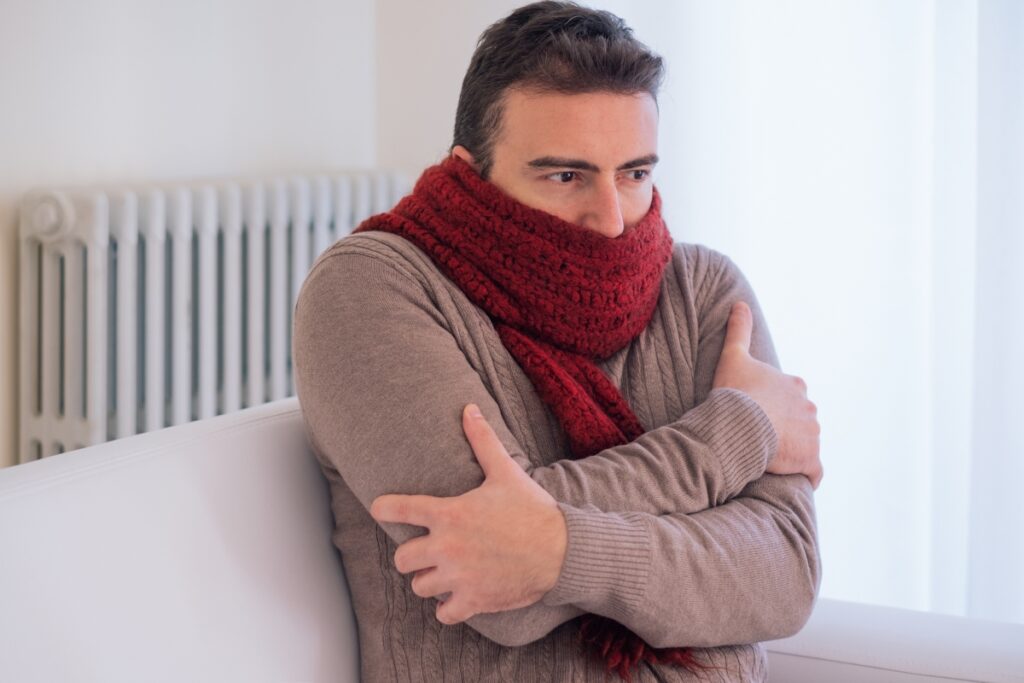
First and foremost, it is important to stay calm and assess the situation. Check if the power is still on and ensure that there are no tripped circuit breakers or blown fuses. If everything seems to be in order, the issue may lie with your heating system.
If you have access to a fireplace or wood-burning stove, you can utilize it to provide temporary heat. Stock up on firewood and keep the fire burning to warm up your living space. However, always remember to practice proper safety measures and ensure proper ventilation.
Another option to consider is staying with friends or family who have a functioning heating system. They may be able to provide you with a warm place to stay until your heating issue is resolved. In emergency situations, local shelters or community centers may also have resources available to help individuals without heat.
Remember, losing heat in winter can be a serious situation, especially for vulnerable individuals such as the elderly, children, or those with health conditions. If you or someone in your household is experiencing signs of hypothermia, such as shivering, confusion, or difficulty speaking, seek medical attention immediately.
Conclusion: Embracing Resilience in the Face of Winter’s Chill
When faced with the challenge of losing heat during the winter months, it is crucial to remain calm and take immediate action. Knowing what to do in such a situation can make all the difference in ensuring your safety and well-being.
In conclusion, losing heat during winter can be a daunting experience, but by embracing resilience and taking appropriate measures, you can survive the chill. Remember to assess the situation, stay warm through layering and alternative heat sources, conserve heat within your living space, stay hydrated, and stay connected with others. By following these steps, you can ensure your safety and well-being until the heat is restored.
To ensure that your heater system stays in top condition, make sure to enlist the services of a reliable professional like CoolPro Heating and Cooling.
The last thing you want is to be left out in the cold in the middle of winter, so work with a professional as early as now to ensure that everything is in good working condition. Our maintenance services and comprehensive HVAC solutions can guarantee that your winter is a smooth and safe one.
Get a free estimate from us or give us a call at 770-694-6232 so we can accurately assess your HVAC system’s condition and give it the care that it needs. Keep you and your family safe this winter with CoolPro Heating and Cooling today!

